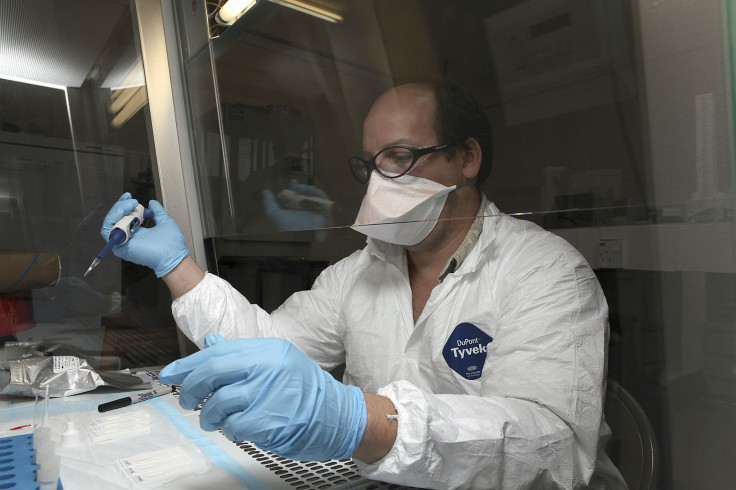Up to 75 Government Scientists Exposed To Live Anthrax Bacteria

Up to 75 scientists working in a U.S. government laboratory in Atlanta may have been exposed to live anthrax bacteria, the Centers for Disease Control and Prevention (CDC) said on Thursday.
The CDC says it immediately began treating individuals potentially exposed to the deadly bacteria, and a spokesman said the risk of infection was "very low."
According to Reuters, the exposure happened on June 13 after researchers working at a high-level lab failed to deactivate the anthrax before transferring samples to a lab without the capability to handle live anthrax. Up to seven scientists may have had direct contact with the anthrax, but the CDC offered 75 employees a 60-day antibiotic treatement and an anthrax vaccine.
Dr. Paul Meechan, director of the environmental health and safety complicance office at the CDC, said the agency is investigating the exposure to determine how it happened and whether it was intentional.
Anthrax typically incubates for five to seven days before affecting the infected individual. Anthrax bacteria release spores that go dormant until reaching a host. The spores can survive in the open environment for extended periods of time, even "decades," according to the CDC.
Anthrax gained worldwide attention in October 2001, when an envelope filled with anthrax powder was sent to Senate Majority Leader Tom Daschle at the Hart Senate Office Building.
© Copyright IBTimes 2024. All rights reserved.












